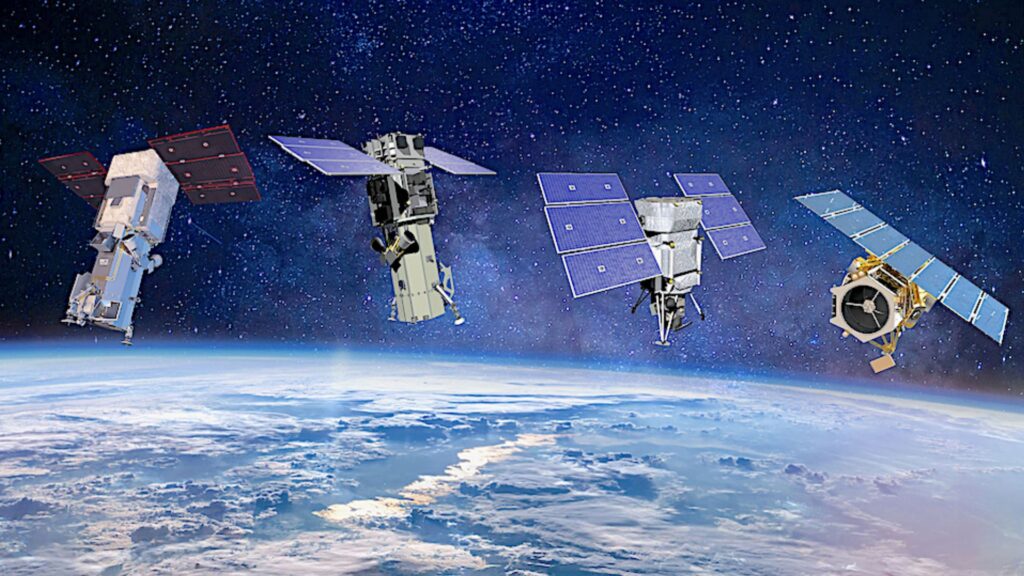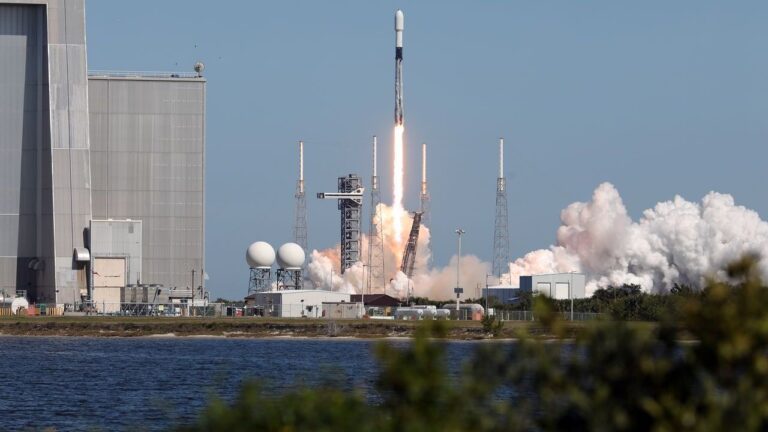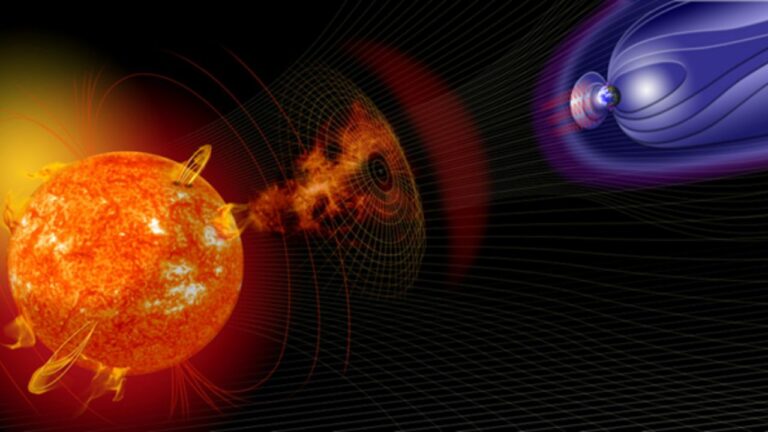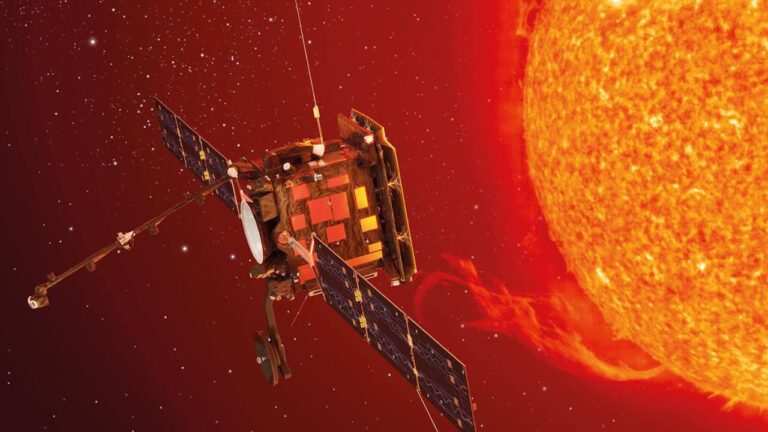
In a world facing multifaceted global threats—from geopolitical tensions and terrorism to climate change and natural disasters—seeing clearly has never been more crucial. While human vision excels at perceiving color, detail, and distance, it falls short in today’s increasingly complex risk environment. Bridging that gap is a new wave of advanced remote sensing technology, with a leading role played by Maxar’s WorldView Legion satellite constellation and cutting-edge imaging instruments developed by Raytheon.
Thanks to the declining cost of commercial space launches and a growing demand for timely, high-quality Earth imagery, the United States is experiencing a remote sensing renaissance. At the forefront is Maxar’s WorldView Legion program, which leverages lightweight, high-resolution imaging payloads to maximize space-based surveillance capabilities. Raytheon’s contributions to the project—a result of 15 years of research and innovation—have been pivotal in making this vision a reality.
Raytheon’s imaging instruments, launched aboard six WorldView Legion satellites between 2024 and 2025, deliver unmatched performance with drastically reduced size, weight, and power consumption (SWaP). “Launch provider competition has dropped the floor out of the cost per kilogram going to orbit,” said Keith Carrigan, a technical fellow at Raytheon and director of the WorldView Legion program. “But the true game-changer is reducing SWaP while maintaining high resolution, allowing us to capitalize on these more affordable launch opportunities.”
The new telescopes feature an innovative optical design made from a patented multi-material mirror system, balancing strength and lightness while maintaining exceptional image quality. These innovations enabled Maxar to cut spacecraft mass by over half, slashing both launch costs and deployment timelines.
The impact is significant. The addition of six WorldView Legion satellites allows Maxar to gather up to 3.6 million square kilometers of ultra-high-resolution 30 cm-class imagery every day. Some locations can now be revisited up to 15 times daily—an unmatched capability in the commercial sector. This near real-time coverage supports global media, governments, and private industry with actionable intelligence across a wide range of urgent scenarios, including conflict zones and extreme weather events.
What sets Raytheon’s approach apart is its embrace of digital engineering, a design and manufacturing philosophy that prioritizes computer-based modeling and simulation from the earliest stages of development. Instead of following legacy design practices, Raytheon’s engineers used digital twins—precise virtual replicas of their systems—to test and optimize performance under real-world conditions before anything was physically built.
This approach allowed Raytheon to rapidly advance from concept to critical design review in just 12 months, significantly accelerating the development cycle. By using model-based work instructions, assembly teams could interact with 3D models rather than relying on static documentation, further reducing errors and increasing build efficiency.
Digital workflows also improve quality assurance. “Having a system that records even the smallest torque applied to a bolt improves accountability and reliability,” Carrigan explained. “You catch errors early, which saves time and money later in the process.”
The real power of digital engineering, however, lies in scalability and adaptability. Raytheon’s sensor design is inherently modular, meaning it can be quickly reconfigured to support a wide range of missions—from hyperspectral imaging to infrared surveillance—without having to redesign the entire system. The technology is also optimized for deployment across various orbital ranges, including geostationary and even cislunar space, where SWaP efficiency becomes even more critical.
“Our intention was never to build just one telescope,” Carrigan said. “It was to create a platform that can evolve with the needs of warfighters, scientists, and commercial users alike. That’s the future we’re enabling with digital engineering.”
With this fusion of speed, adaptability, and cutting-edge optics, the WorldView Legion satellites and Raytheon’s imaging payloads are redefining how humanity sees the world from space—making the invisible visible in a rapidly changing global landscape.






